Is it just me or have good manners gone the way of trail drives? I have three grandchildren working summer jobs and I’m appalled at the stories they tell about customer rudeness.
It didn’t always used to be that way. Back in the Old West, manners ruled. A cowboy might have been rough around the edges and whooped it up on occasion, but he also minded his Ps and Qs. To show you what I mean, let’s compare today’s manners with those of the past.
Driving: Navigating some of today’s roads is like steering through a metal stampede. It’s every man/woman for his/her self. Cars ride on your tail and cut you off. To stay on the defense, today’s drivers must contend with drunkenness, speeding, and texting—and that’s not all. If thinking about this doesn’t make you long for the good old days, I don’t know what will.
The Cowboy Way: A cowboy would never think of cutting between another rider and the herd. Nor would he ride in such a way as to interfere with another man’s vision. Crossing in front of another without a polite, “Excuse me” would not have been tolerated. As for riding drunk; that would have gotten a wrangler fired on the spot.
Please and Thank You: Recently I saw a young man hold a restaurant door open for a young woman. Instead of saying thank you, she chewed him out. Oh, me, oh, my. What is the world coming to?
The Cowboy Way: The first man coming to a gate was expected to open it for the others. Everyone passing through would say thank you. Holding a door open for a lady went without saying, as did tipping his hat and saying a polite, “Howdy, ma’am.” A cowboy might have gotten a smile from the lady, but he sure wouldn’t have gotten a tongue-lashing.
Cell Phones: I could probably rattle on about poor cell phone manners, but for me, loud talking is the worst offense. During a recent visit to the emergency room, I was privy to everyone’s medical condition and more.
The Cowboy Way: Those early cowboys didn’t have cell phones, of course, which is probably a good thing; A ringing phone would have startled the cattle and maybe even the horses. John Wayne wasn’t talking about cell phones when he said, “Talk low, talk slow, and don’t say too much,” but that’s not bad advice. Especially in the ER.
Okay, so what do you think about today’s manners?


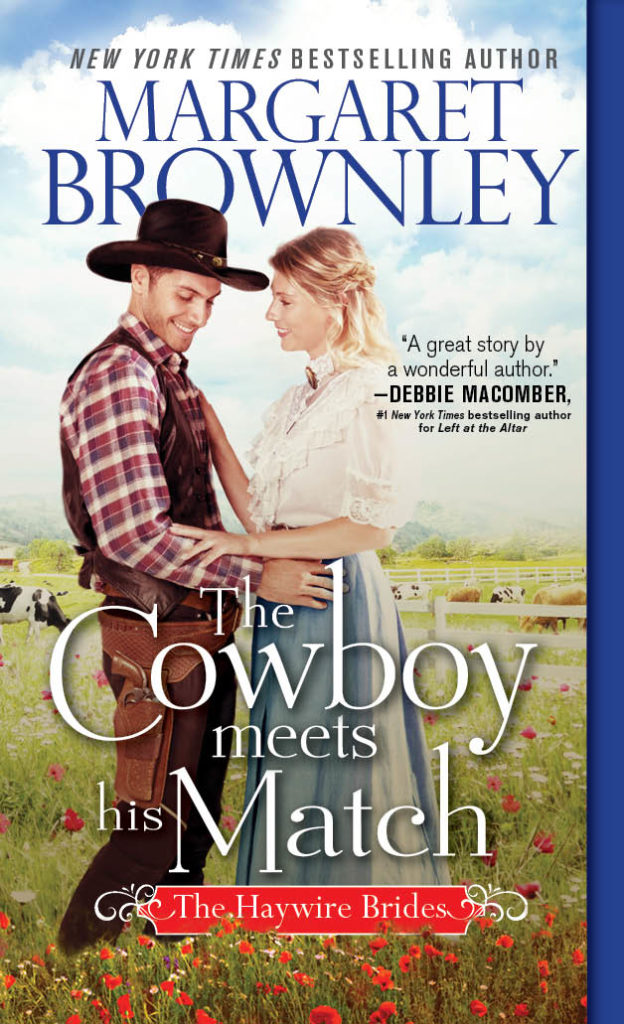
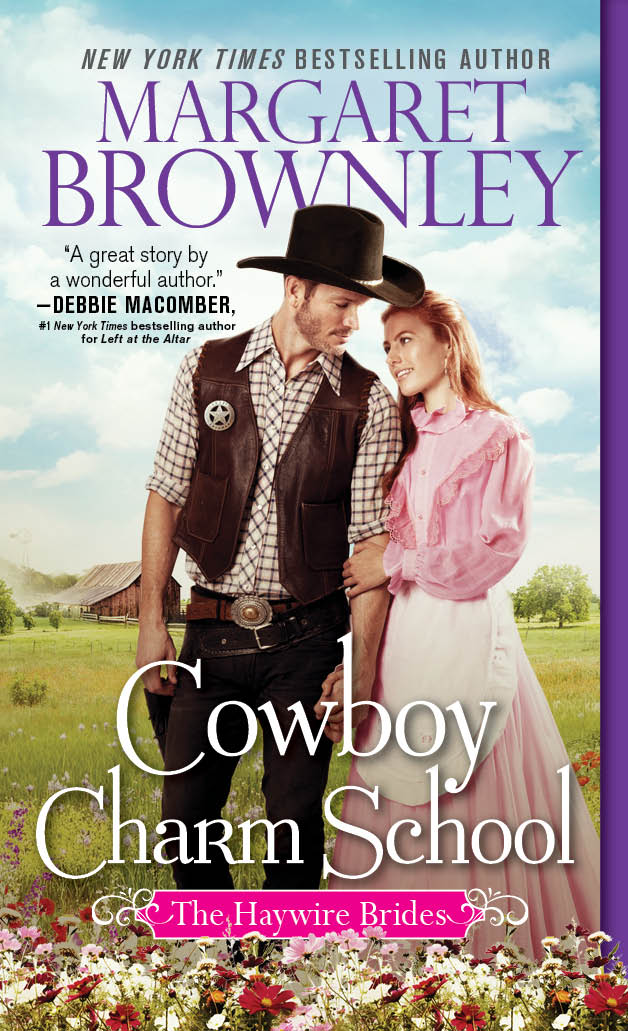
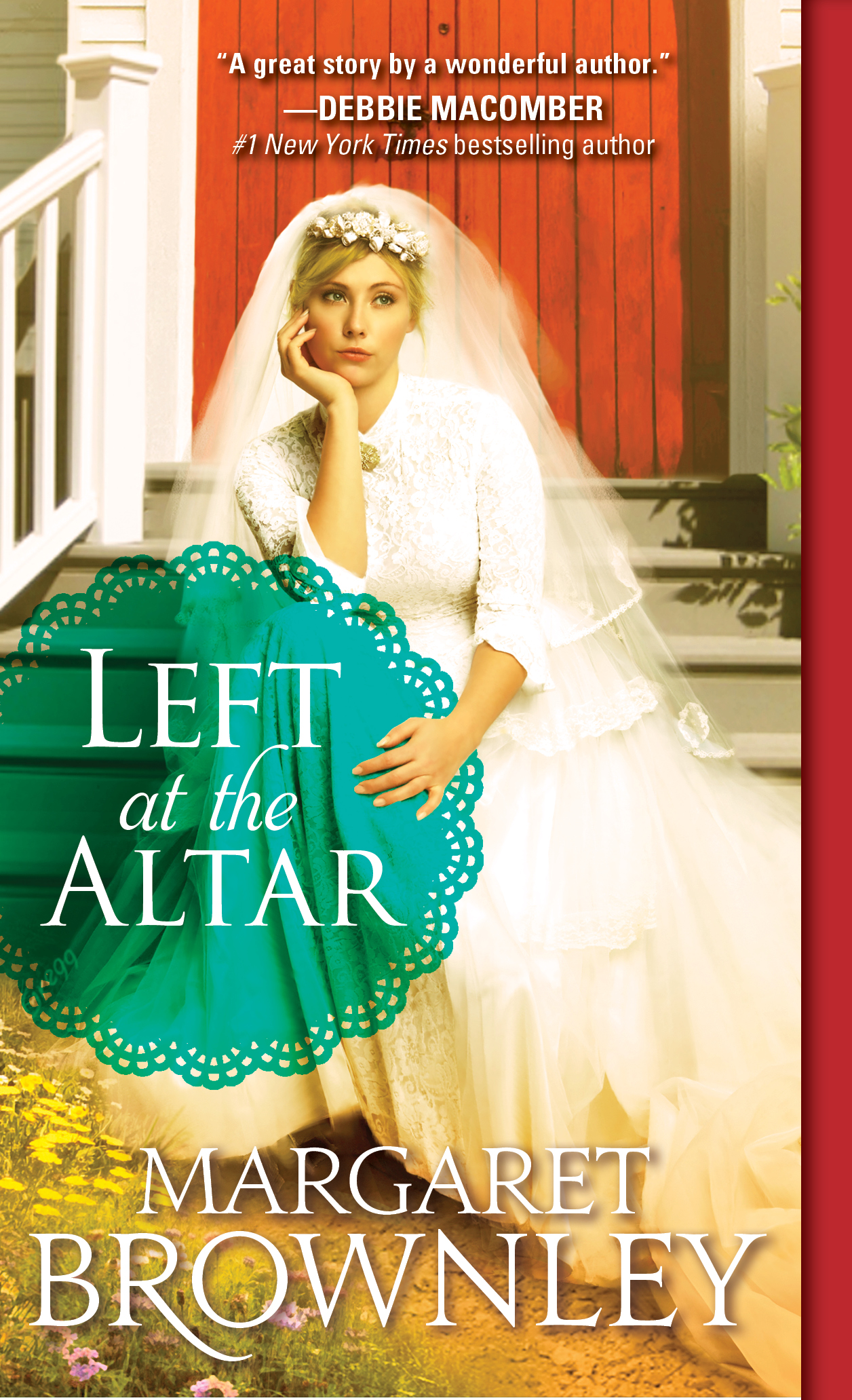
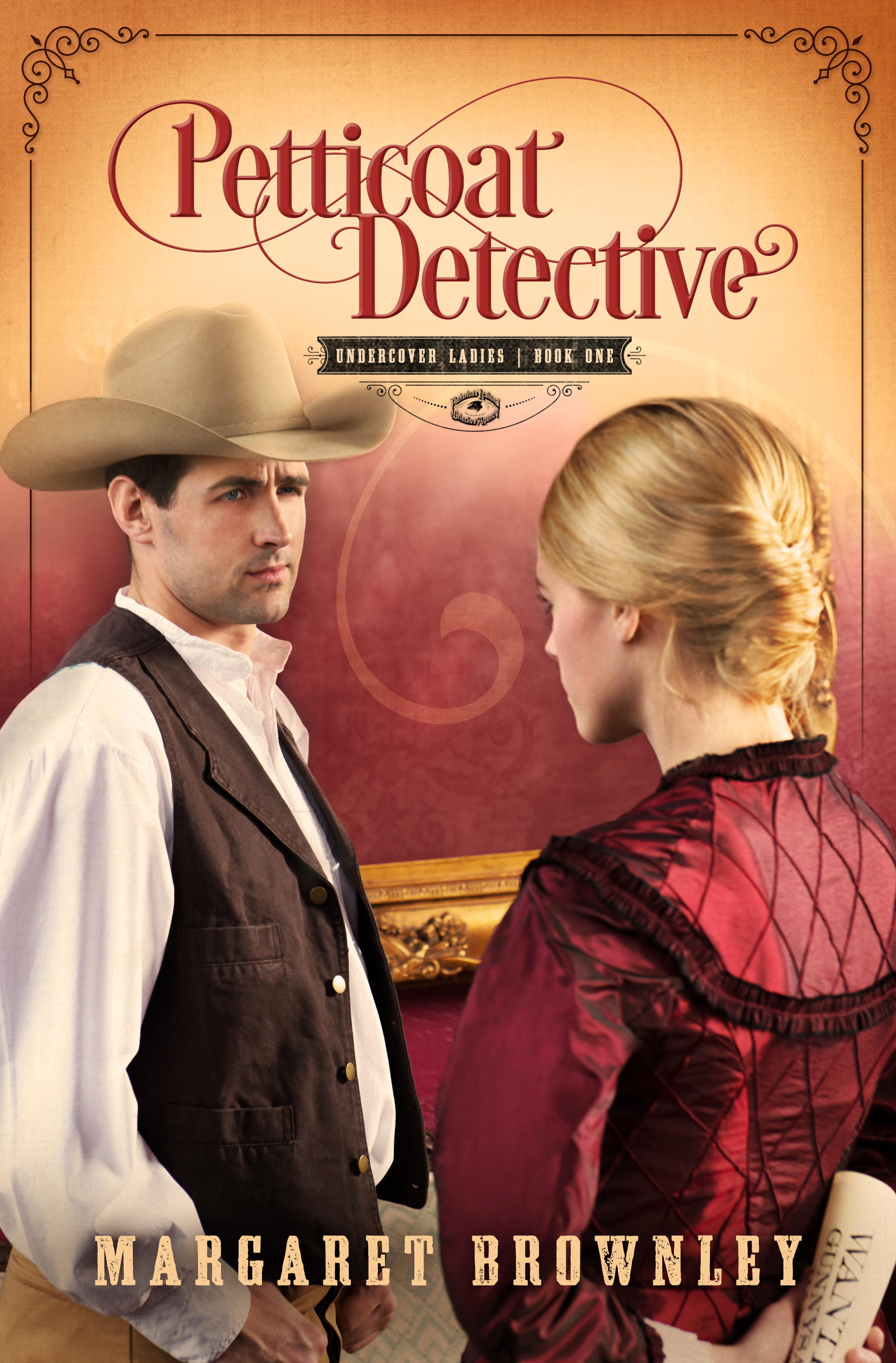
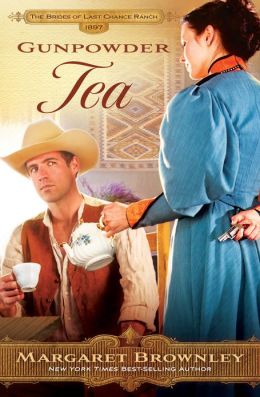
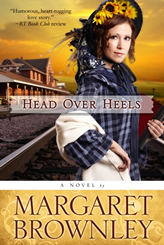
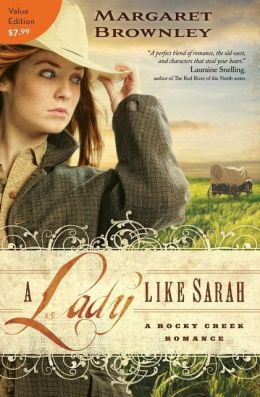
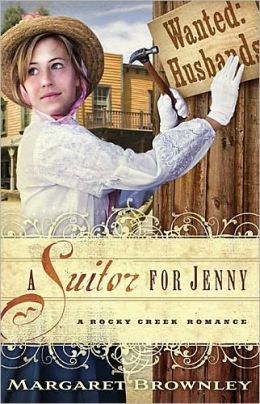
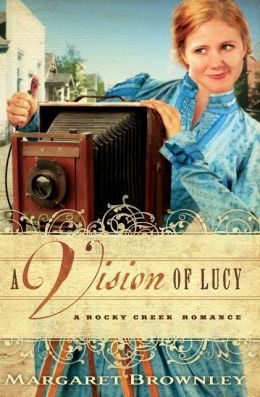
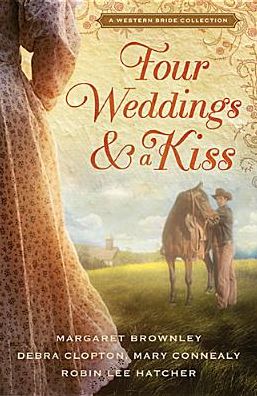
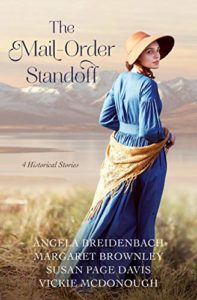

Connect with me